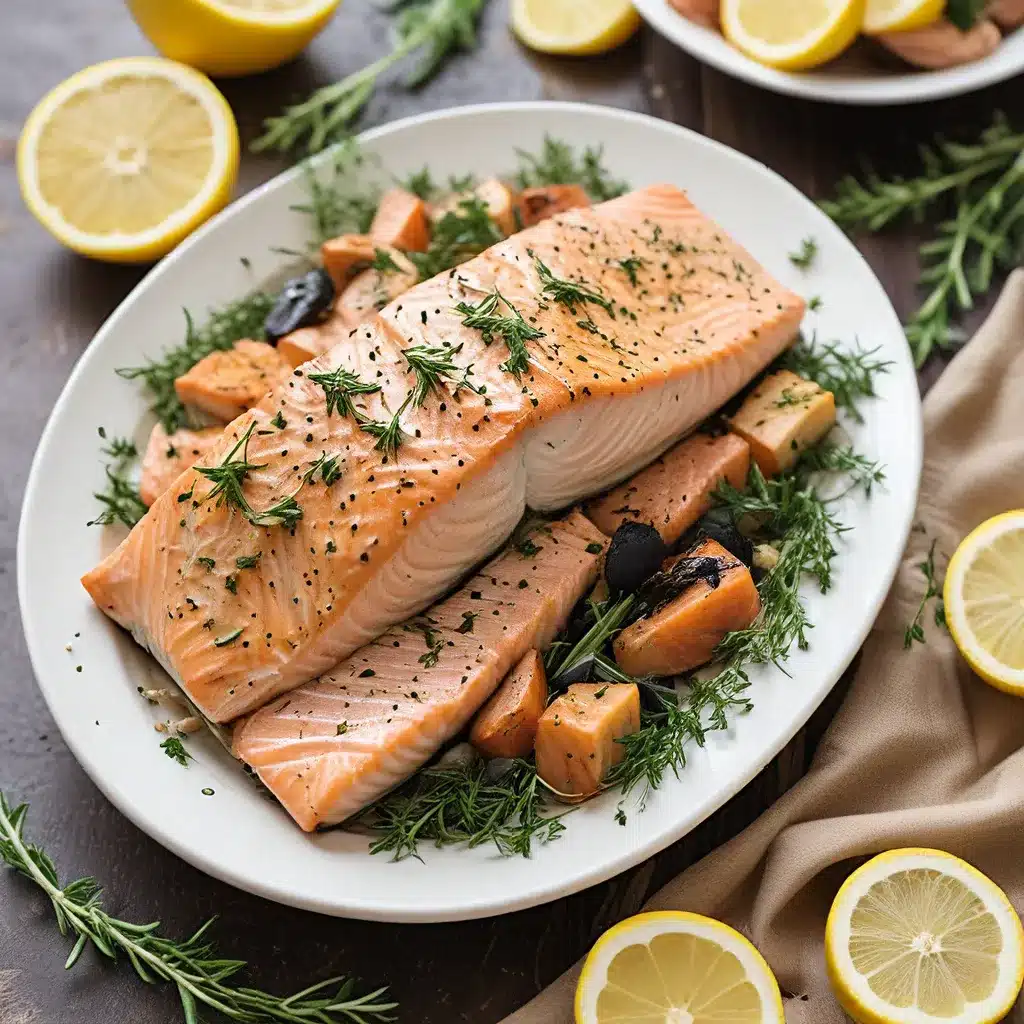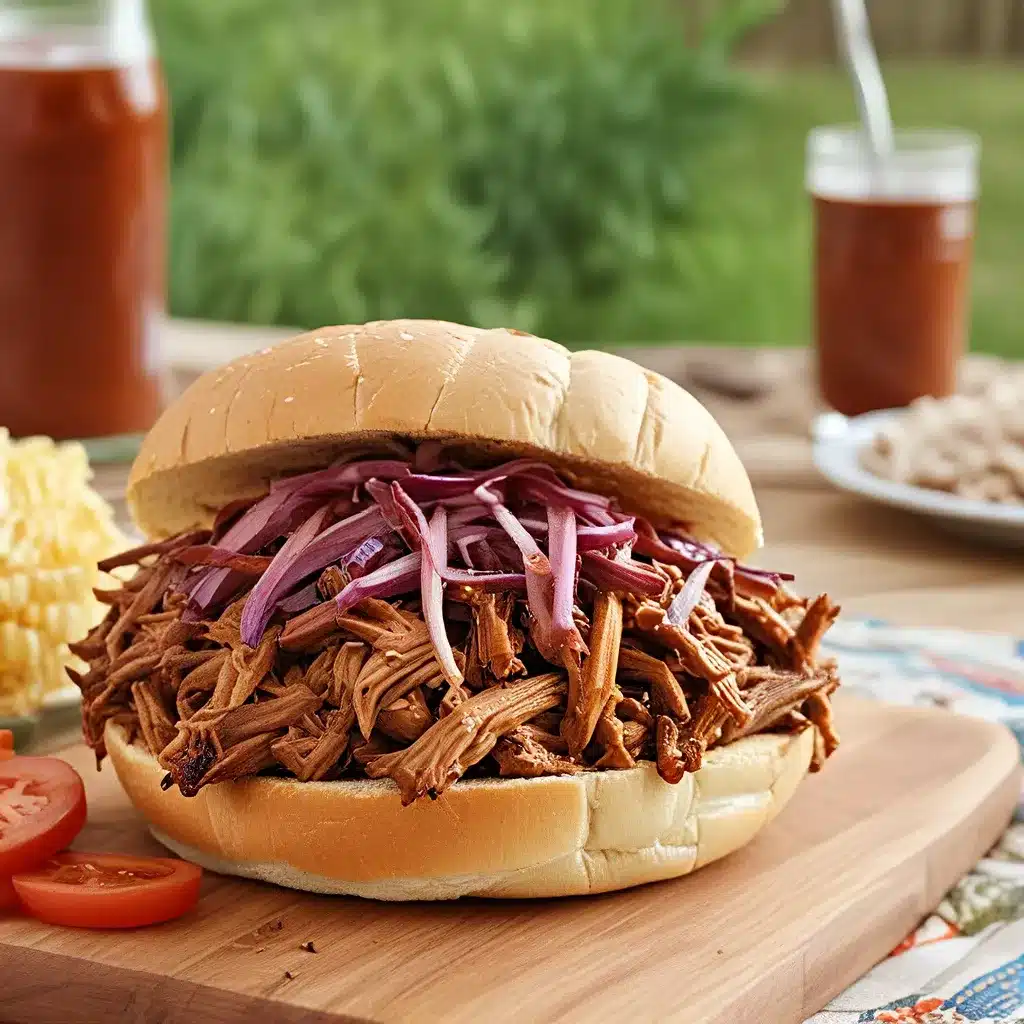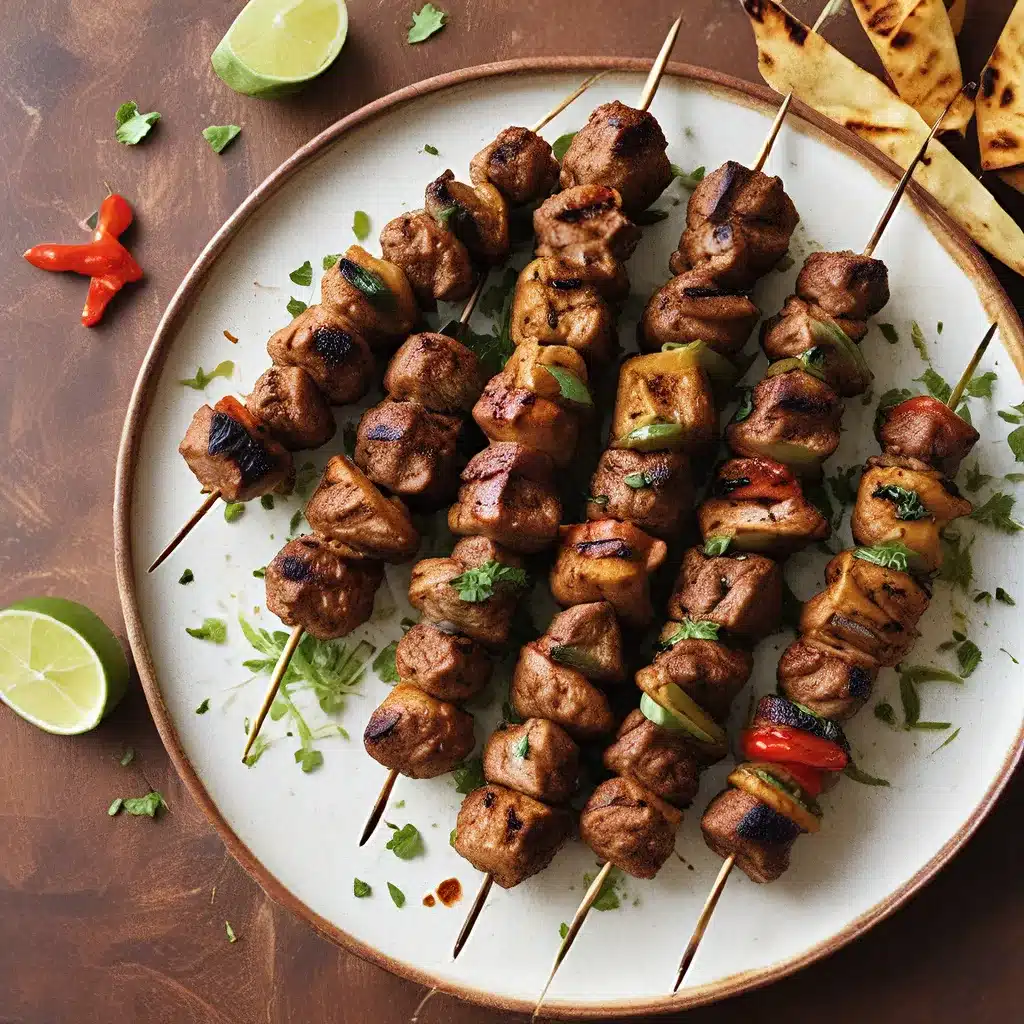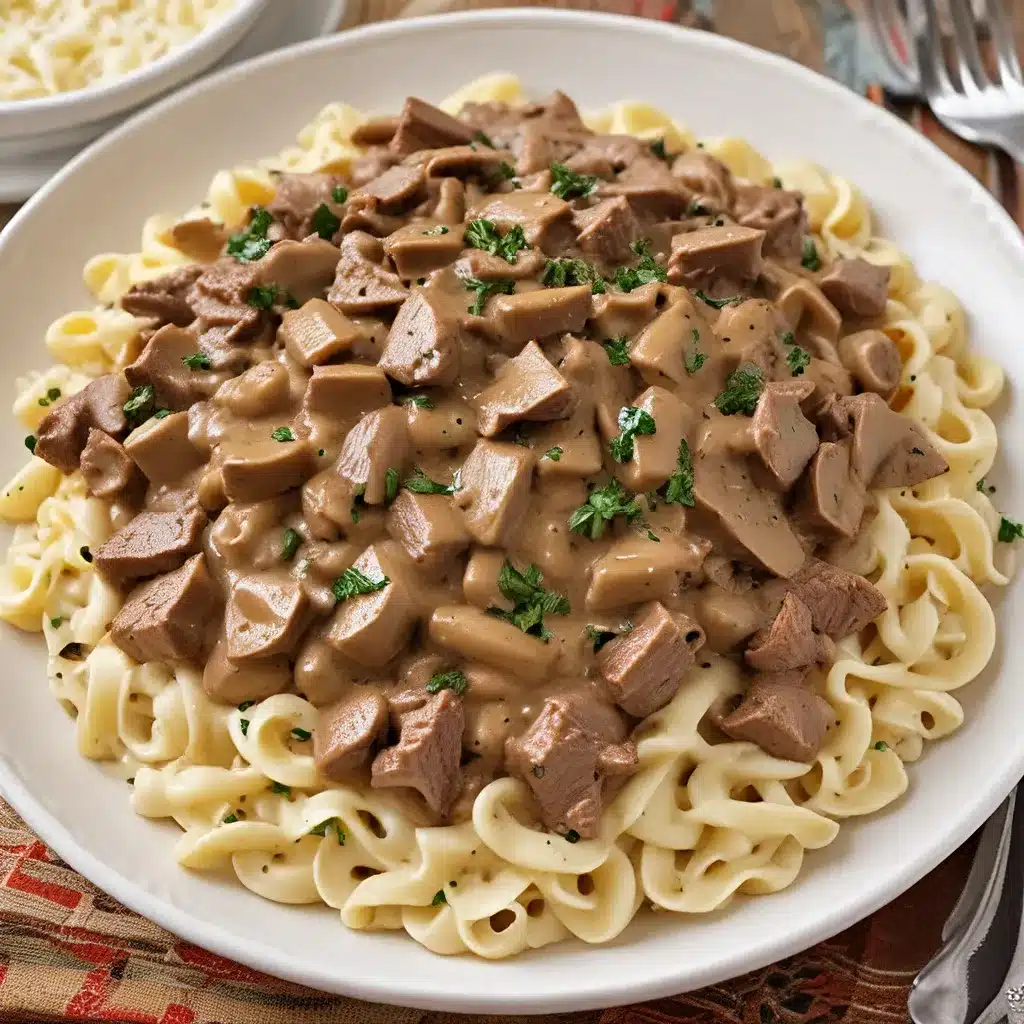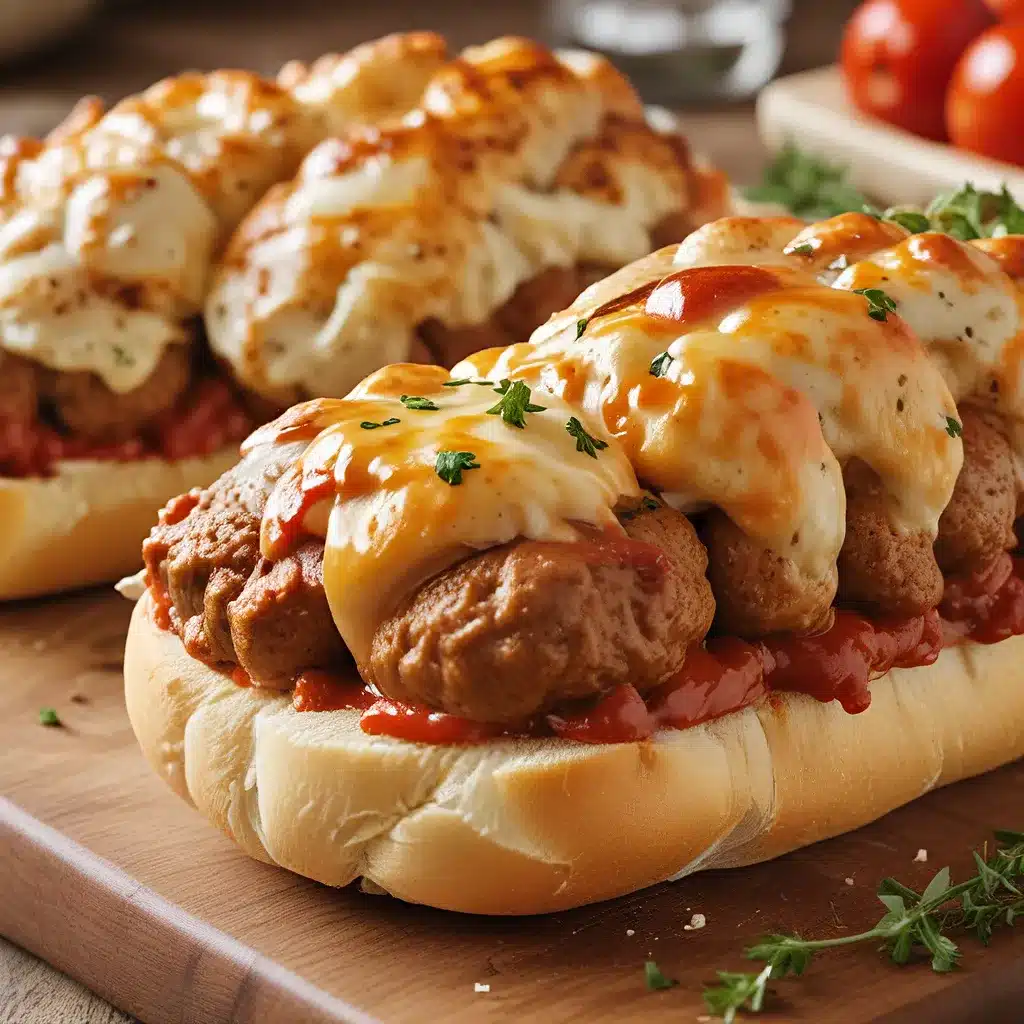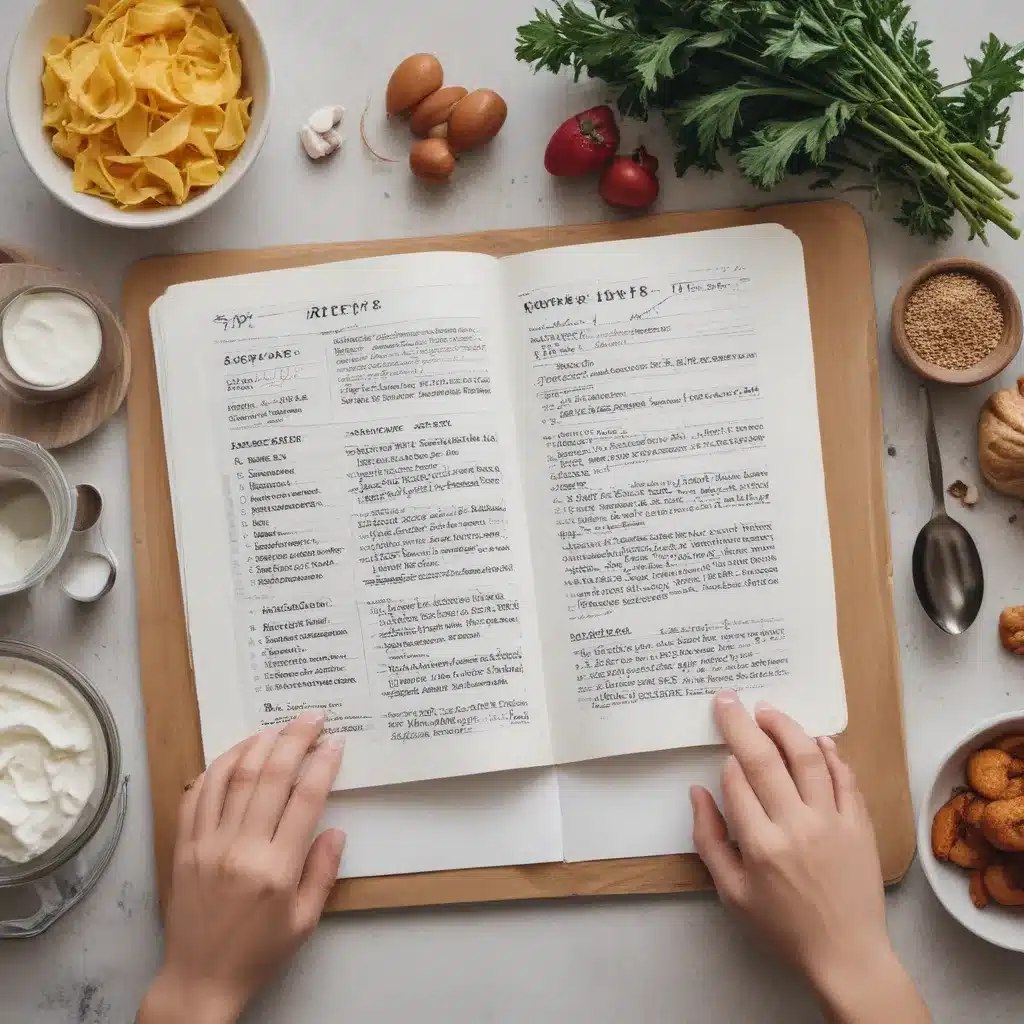
Understanding the Anatomy of a Recipe
Whether you’re a seasoned baker or just starting to tie up the apron strings, knowing how to read a recipe is one of the most crucial steps in your cooking success. It’s easy to take for granted exactly how to interpret a recipe, but there’s a lot of nuance in the structure that you’ll want to be aware of. A well-written recipe is invested in your success – you just have to know how to decode it.
Let’s start by getting on the same page, namely page 147 of Erin Jean McDowell’s Savory Baking. Before you start creaming butter and sugar, I want you to do something radical: read through the entire recipe. I know, I know – who actually does that? But hear me out. Reading a recipe from beginning to end is a game-changer. The instructions may have some hidden ingredients (like water, for example), or split the components in an unexpected way (like using one egg for the batter and one for an egg wash). You want to know the lay of the land before you start throwing things in a bowl. Trust me on this one – read the dang recipe first!
Decoding the Ingredient List
Next, let’s take a closer look at the recipe’s ingredient list. This isn’t just a helpful shopping list – it also gives you insight into how the recipe will come together. The ingredients are typically listed in the order they’ll be used. For example, in Erin’s recipe, we can see that bread flour is the first ingredient, followed by sugar, yeast, and salt. Without even looking at the instructions, we can gather that we’ll be whisking the sugar, yeast, and salt into the flour in that order. But don’t assume anything just yet – remember, we’re reading the recipe!
One thing to really pay attention to is the commas in the ingredient list. After each comma, you’ll generally find an instruction about the ingredient’s temperature (like “melted” or “at room temperature”) or an action (like “chopped,” “minced,” or “diced”) that needs to be taken. These post-comma directions tell you when to perform that task – it’s always after the ingredient is measured. For example:
- 2 garlic cloves, minced
- 6-ounces hot-smoked salmon, coarsely crumbled
The absence of a comma is also revealing. Take a look at these examples:
- 3/4 tablespoon finely grated parmesan cheese
- 3 tablespoons finely chopped capers
No comma means the action (like grating or chopping) happens before the ingredient is measured. Neat, right?
Mastering the Fine Print
The devil is in the details when it comes to recipe instructions. Things like packing brown sugar, softening butter, and preheating the oven are all crucial steps that can make or break your dish.
When a recipe calls for packed brown sugar, take the back of a spoon and firmly (but not Hulk-smash firmly) press the sugar into the measuring cup. Add more sugar and pack until it’s flush with the top of the cup. If the recipe indicates grams instead of volume, you’ll have a precise measurement of a packed cup of brown sugar.
Softening butter is another important step. Allow it to rest at room temperature for about an hour before combining it with sugar and eggs. The temperature of your ingredients is key in baking, so don’t skip this crucial prep work.
And speaking of temperature, don’t forget to preheat your oven! Yeasted dough, for example, hates a 200°F oven but loves a 325°F oven. Pay close attention to those temperature instructions – they’re there for a reason.
Putting It All Together
The final piece of the recipe-reading puzzle is understanding how to know when your creation is done. Recipes will usually provide a time range and visual cues to help you determine doneness. For example: “Bake 55 to 65 minutes, until rolls are lightly browned; they should have an internal temp of 190°F.”
I typically set my timer for 5 minutes below the lowest indicated time, just in case. You can’t take back an overbake, so use a combination of time, looks, and temperature to decide when your baked goods are ready. With practice, you’ll even be able to smell exactly when a recipe is done. It’s a superpower, I tell you!
So there you have it, my friends – the secrets to reading and following a recipe like a pro. Remember, a well-written recipe is truly invested in your success. All you have to do is slow down, read through the whole thing, and pay attention to the details. Before you know it, you’ll be whipping up homemade masterpieces like a seasoned chef. And if you ever need a little inspiration, be sure to check out Home Cooking Rocks – your one-stop shop for all things delicious!

